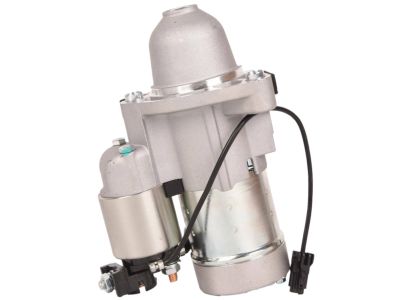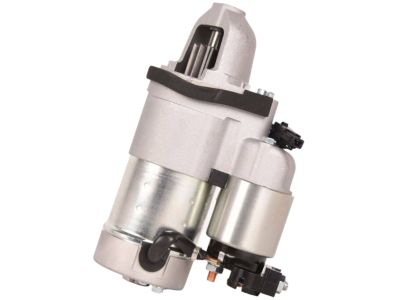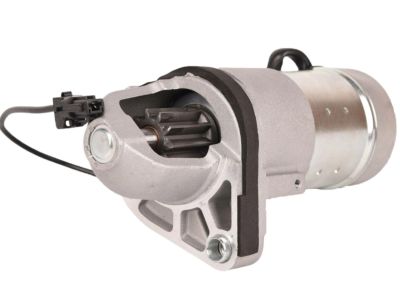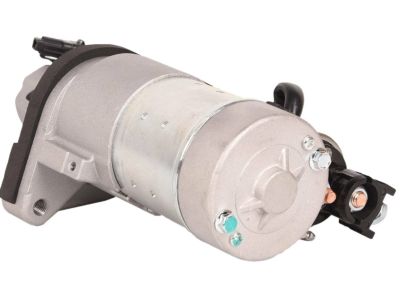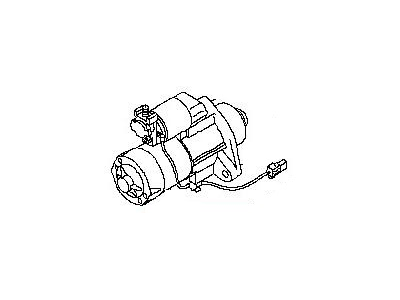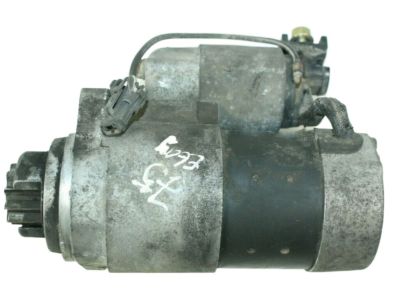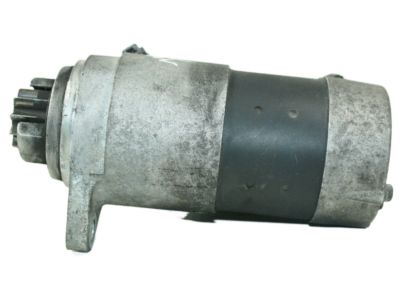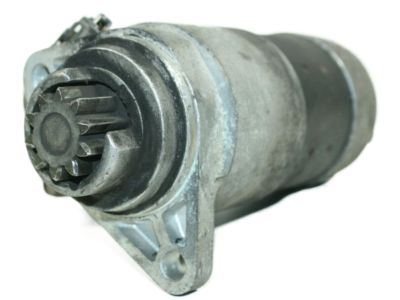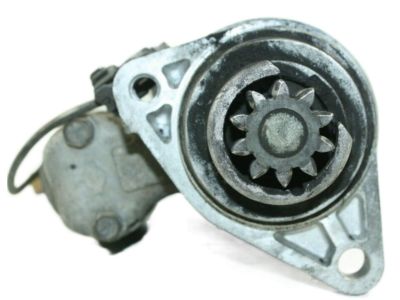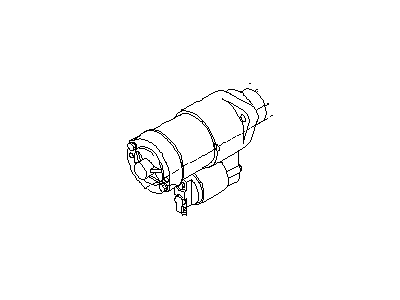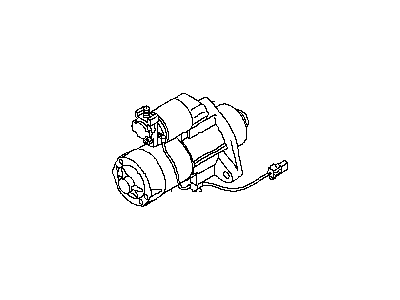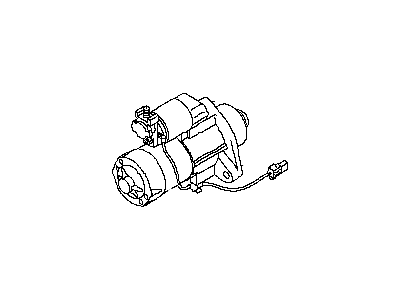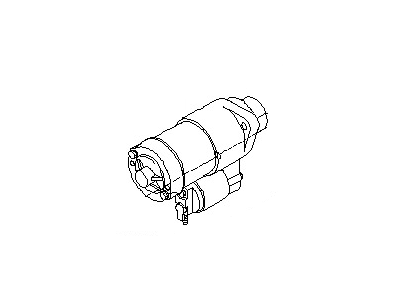
My Garage
My Account
Cart
Genuine Infiniti G35 Starter Motor
Starter Ignition- Select Vehicle by Model
- Select Vehicle by VIN
Select Vehicle by Model
orMake
Model
Year
Select Vehicle by VIN
For the most accurate results, select vehicle by your VIN (Vehicle Identification Number).
6 Starter motors found

Infiniti G35 Motor Assy-Starter
Part Number: 23300-EY00A$584.54 MSRP: $918.00You Save: $333.46 (37%)Ships in 1-3 Business Days
Infiniti G35 Motor Assy-Starter
Part Number: 23300-CG000$458.61 MSRP: $626.93You Save: $168.32 (27%)Ships in 1-3 Business DaysInfiniti G35 Motor Assy-Starter
Part Number: 23300-JK20B$395.53 MSRP: $540.40You Save: $144.87 (27%)Ships in 1-3 Business DaysInfiniti G35 Motor Assy-Starter
Part Number: 23300-JK20A$524.40 MSRP: $717.18You Save: $192.78 (27%)Ships in 1-3 Business DaysInfiniti G35 Motor Assy-Starter
Part Number: 23300-AM600$344.75 MSRP: $540.40You Save: $195.65 (37%)Ships in 1-2 Business DaysInfiniti G35 Motor Assy-Starter
Part Number: 23300-AM60A$344.75 MSRP: $540.40You Save: $195.65 (37%)Ships in 1-3 Business Days
Infiniti G35 Starter Motor
Wondering where to find exceptional quality and economically-priced OEM Infiniti G35 Starter Motor? You are at the proper online store. We offer all genuine Infiniti G35 Starter Motor with a manufacturer's warranty at unbeatable prices. Order now and you can get brand-new parts at your door step with our fast shipping times.
Infiniti G35 Starter Motor Parts Questions & Experts Answers
- Q: How to diagnose a malfunction starter and starting circuit on Infiniti G35?A:Avoid assuming the problem is with the starter if you find a fault in the starting circuit. First of all check different components: Ensure clean and secure Battery Cable clamps connecting to battery. Inspect condition of battery cables and replace any that are damaged. Evaluate battery condition and, if it fails any tests, replace it. Look at the starter motor wiring and connections. Check tightness of starter motor mounting bolts. Check for blown fuses in related fuses in the engine compartment fuse box and perform a diagnostic of their cause when fixing the circuit. Use wiring diagrams to inspect whether or not ignition switch circuit is functioning properly. Test Starter Relay using Wiring Diagrams. If there is no response from the starter when you turn the ignition switch to start, verify voltage at the solenoid from the ignition switch through checking for battery voltage at the starter solenoid. Connect a 12-volt test light or voltmeter to the positive terminal of the starter solenoid, and observe this test light or voltmeter while an assistant turns on their ignition switch to start it. It should either shine brightly or show voltage from a battery source.If there is no voltage, consult wiring diagrams or check fuses and the starter relay in series with starting system.If there is voltage but starter motor remains inactive remove starter from engine and bench test it.If it cranks slowly, check starter cranking voltage and current draw from battery while still on engine.Crank engine briefly, watching battery voltage not dropping below 9.6 volts.Test current draw with ammeter along side watching as not going beyond 160 amps; if it does take vehicle to a shop.Several things may affect how well a starter cranks including: battery condition, proper cold-cranking rating, clean terminals, no corrosion.Prepare a warm battery or warm up an engine block under extremely cold conditions before testing.Battery fed voltage but failed to start. Remove & inspect the starter motor assembly on bench.The solenoid is probably bad, although in rare cases the engine may be locked so it is advised to rotate the crankshaft pulley first.To fix the starter assembly securely in a vise on the bench, connect a jumper cable from the positive terminal of the test battery to the B+ terminal of the starter and another one from negative terminal of battery to body of starter.Install a starter switch and apply battery voltage to S terminal of solenoid for short time observing solenoid plunger, shift lever, overrunning clutch extending and rotating pinion drive.If pinion drive extends but doesn't rotate, solenoid works properly but starter motor fails to function.If there is no motion but there is a clicking sound from your solenoid, either solenoid or starter motor fails.If plunger extends and rotates pinion drive, starting assembly operates correctly.
